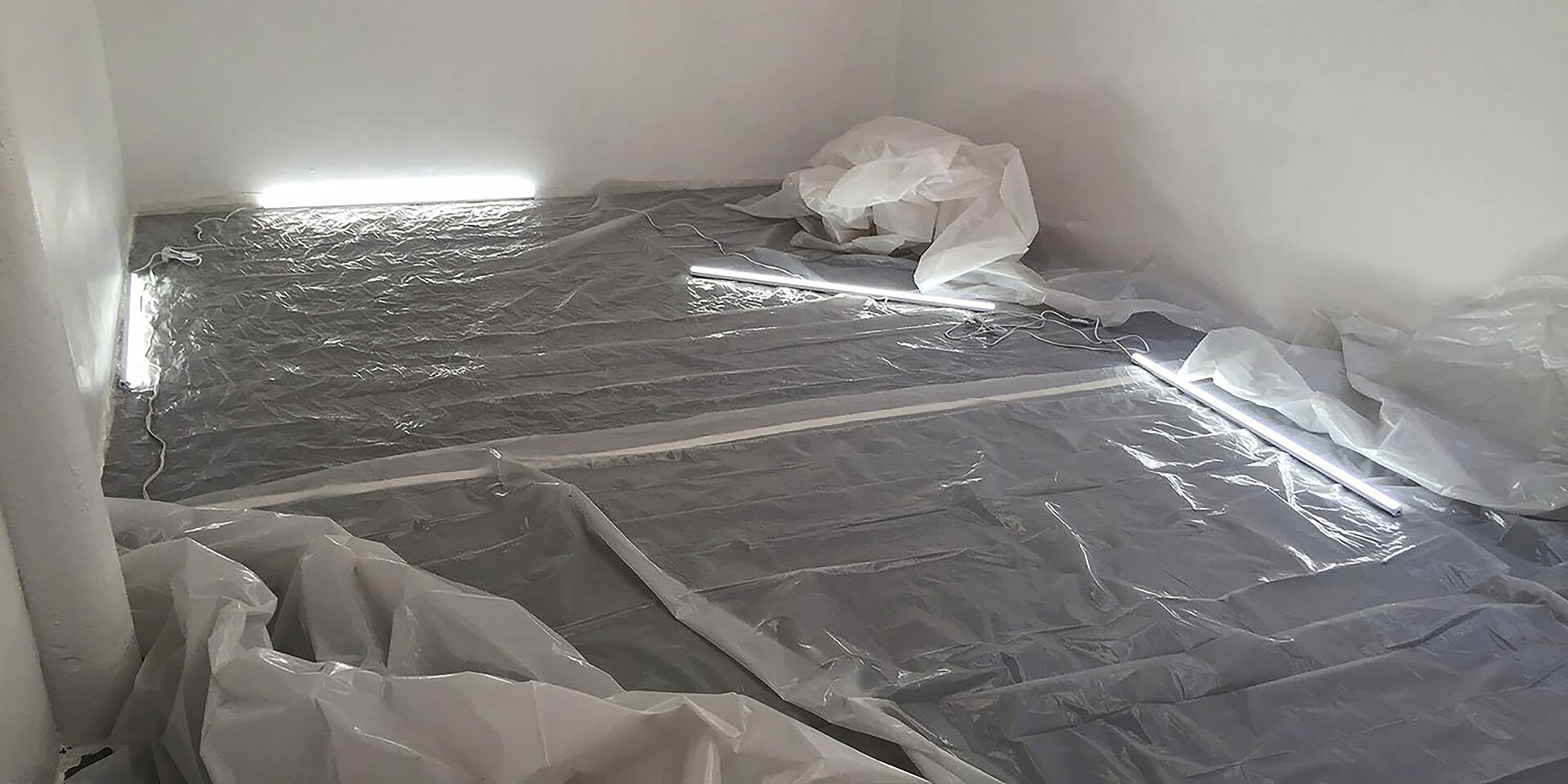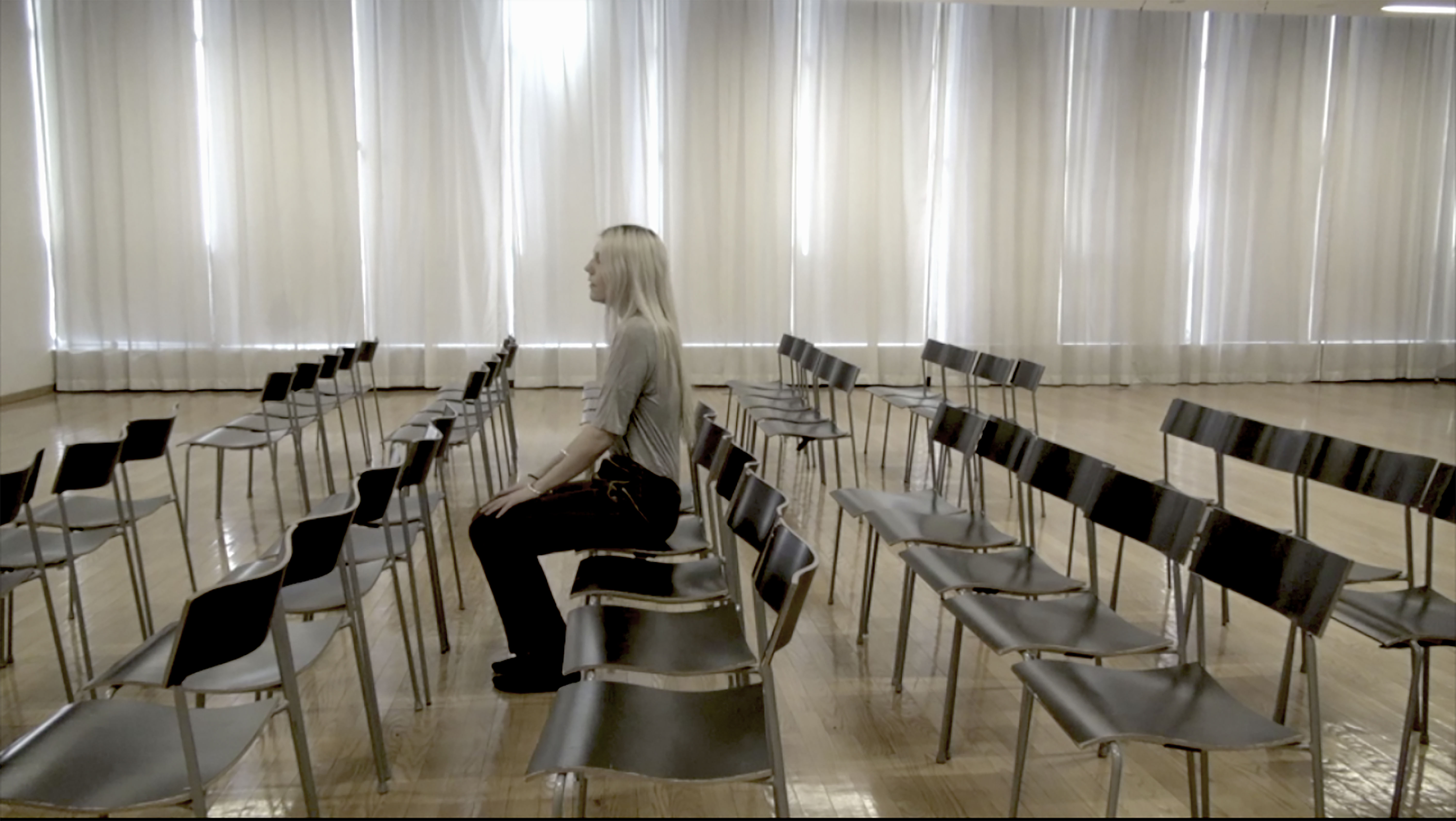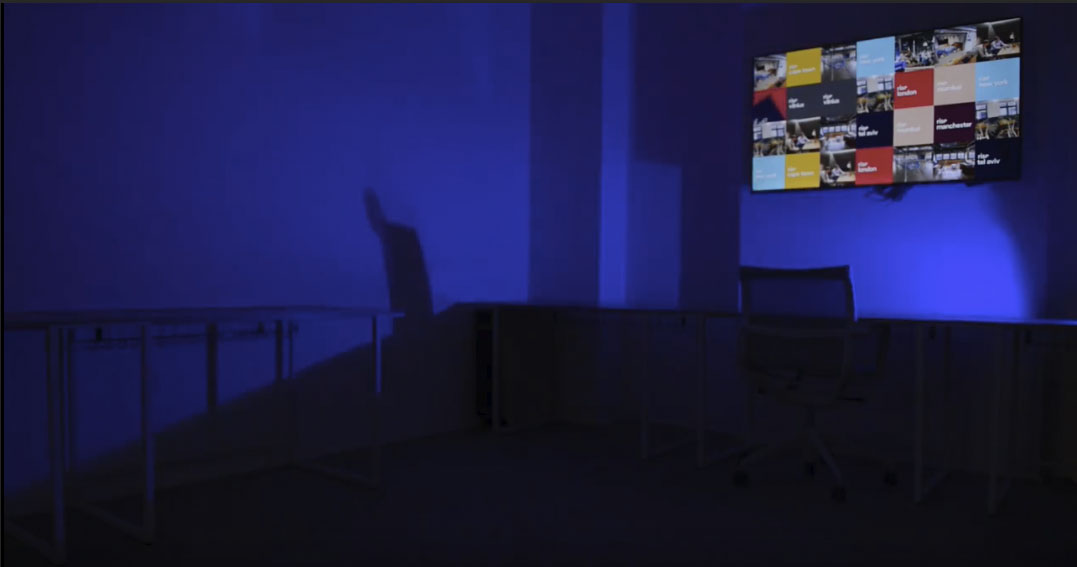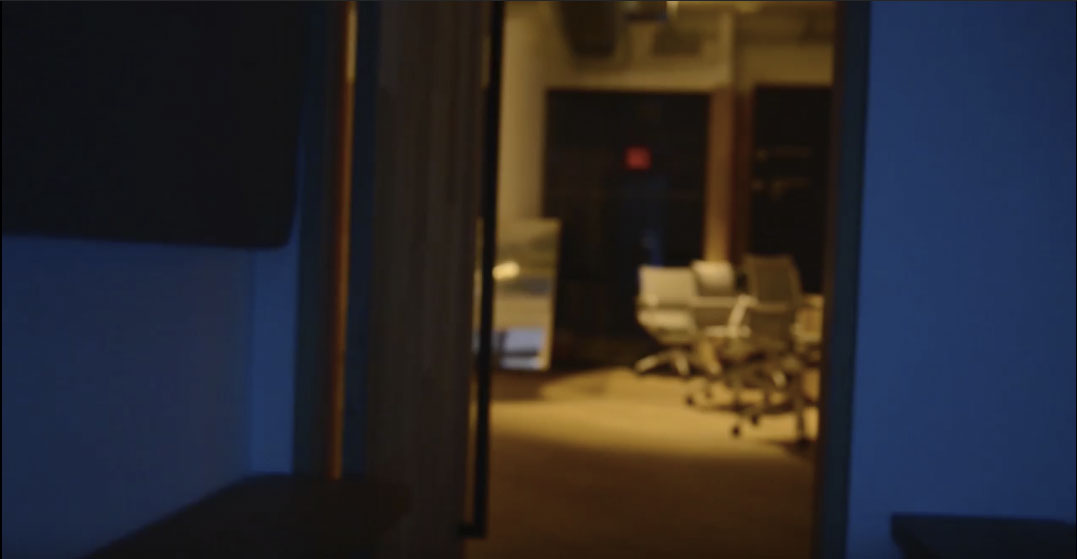www.bridgetmoreenleslie.com
Artist BioBridget Leslie is an Australian sound and installation artist. Her work is project based focusing on psychological dislocation in generic architectural sites.
2017 MFA Fine Art Thesis Walkthrough- Bridget Leslie from Parsons Art, Media & Technology on Vimeo.

Decay of the Non-Space: Commonalities, 2016. Fluorescent tube lighting, tarp, projectors, tactile transducers, speakers.

Decay of the Non-Space: Commonalities, 2016. Fluorescent tube lighting, tarp, projectors, tactile transducers, speakers. (detail)

Oppositional Guided Sound Bath of a Non-Space, 2016. Video still; single-channel video shot inside a 24 x 12 inch architectural model.

PARADOX OF THE NON-SPACE, 2017. Video 1 of 3 from installation.

PARADOX OF THE NON-SPACE. 2 of 3 videos from an installation. 2017.

PARADOX OF THE NON-SPACE. 2 of 3 videos from an installation. 2017.

PARADOX OF THE NON-SPACE. 2 of 3 videos from an installation. 2017.
How the site and the social feed into one another foregrounds my work. I explore the ways in which the physical body reacts to varying social languages of sites, and what that reaction says about our subjectivity when we engage with those sites. What is present is often articulated by the architectural climate of a room. When that room functions as a proto-place we are left with Non-Spaces. These spaces historically refer to sites such as highways, airport terminals, waiting rooms, shopping centers, and other liminal spaces. They came about as society strove for health, hygiene, and efficiency. When an audience encounters my work, I want them to confront something that is seemingly familiar, but which has been suspended in such a way that it forces us to question the invisible structures we participate in on a daily basis.
I use the muted architecture of generic institutional spaces to give an amplified existence to that which is un-spatial within these Non-Spaces. My work always begins with an audio field recording and ends with a visual link to the original site through the installation of architecture or design elements (such as lighting, tiles, and seating). These pieces are not left as intact records but are filled with the edited and amplified unheard vibrations of the spaces from which they are taken. Working with sound, I apply a method that I developed for this project termed “rotting,” which implements a change over time in the software that shifts it to a degree that it becomes unusable or unsustainable. This process eliminates all hi-fi or humanoid noises, so that the space itself becomes part of the subjectivity. This method derives from ideas surrounding Super-Modernity and a strive for efficiency within urban environments, in effect, the desire for utopia


